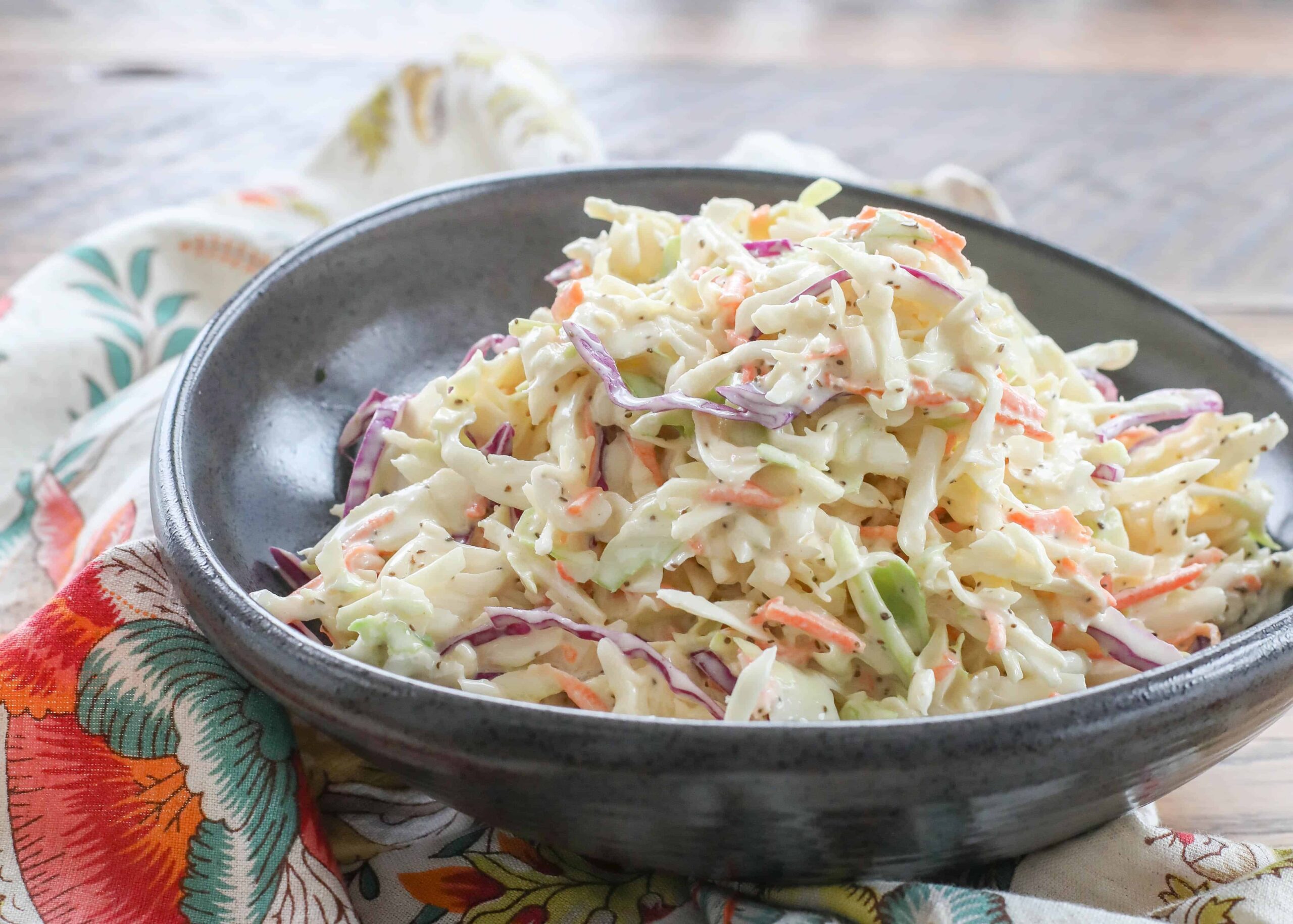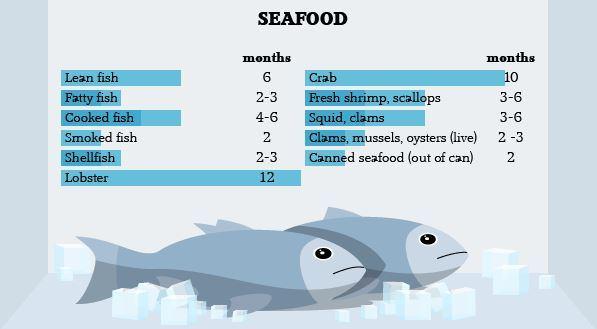Dragon fruit tastes mildly sweet, similar to a blend of kiwi and pear. Its texture is akin to a creamy melon.
Dragon fruit, also known as pitaya, has gained popularity for its vibrant color and unique taste. This exotic fruit offers a refreshing flavor that combines the sweetness of kiwi with the subtle crispness of pear. Its flesh is speckled with tiny black seeds, adding a slight crunch.
Dragon fruit is not only delicious but also packed with nutrients, making it a healthy choice. It is rich in antioxidants, vitamins, and fiber, which contribute to overall well-being. Whether eaten fresh, blended into smoothies, or added to salads, dragon fruit provides a delightful and nutritious experience.
Introduction To Dragon Fruit
Dragon fruit, also known as pitaya, is a tropical fruit. It boasts a vibrant appearance and unique taste. This fruit is not only delicious but also packed with nutrients. It’s often called a superfood due to its health benefits. Let’s dive deeper into its origin, history, and varieties.
Origin And History
The dragon fruit originates from Central America. It belongs to the cactus family. Indigenous people have cultivated it for centuries. Spanish explorers brought it to Southeast Asia. Today, it’s grown in many tropical and subtropical regions.
Dragon fruit has a rich cultural history. It’s often used in traditional medicine. Many cultures view it as a symbol of health and prosperity.
Varieties Of Dragon Fruit
There are three main varieties of dragon fruit:
- Hylocereus undatus: This variety has white flesh and pink skin. It’s the most common type.
- Hylocereus costaricensis: It features red flesh and red skin. This type is sweeter.
- Hylocereus megalanthus: This variety has white flesh and yellow skin. It’s less common but very tasty.
Each variety has a unique taste and texture. Some are sweeter, while others have a mild flavor. The skin color ranges from pink to yellow. The flesh can be white, red, or magenta.
Dragon fruit is enjoyed fresh or in various dishes. Its seeds add a crunchy texture. It’s often used in smoothies, salads, and desserts. This fruit not only tastes great but also looks stunning on any plate.
Appearance And Texture
Dragon fruit, also known as pitaya, is a tropical fruit with a unique appearance and texture. It stands out not only for its vibrant color but also for its distinctive feel. This section will explore the external characteristics and internal texture of dragon fruit.
External Characteristics
The dragon fruit has a bright, vivid pink or yellow skin. Its skin is covered with scaly spikes, resembling a dragon’s scales, which is how it got its name. The fruit is oval or pear-shaped, making it easy to hold.
On the outside, the fruit has a smooth and leathery texture. The scales are soft, not sharp, and can be easily peeled away. The skin’s vibrant color is not just eye-catching but also a sign of its ripeness.
| Color | Shape | Skin Texture |
|---|---|---|
| Bright Pink or Yellow | Oval or Pear-shaped | Leathery and Smooth |
Internal Texture
Inside, the dragon fruit is just as intriguing. The flesh is white or red with tiny, black seeds scattered throughout. These seeds are similar to those in kiwi fruit.
The flesh has a creamy and slightly grainy texture. It is soft and juicy, making it refreshing to eat. The seeds add a slight crunch, contrasting with the smooth flesh.
- Flesh Color: White or Red
- Seeds: Small and Black
- Texture: Creamy and Slightly Grainy
The combination of creamy flesh and crunchy seeds makes dragon fruit a delightful treat. Its unique texture is part of its charm, making it a favorite in tropical regions.
Flavor Profile
Dragon fruit, also known as pitaya, offers a unique flavor experience. This exotic fruit captivates with its vibrant colors and intriguing taste.
Sweetness Levels
Dragon fruit’s sweetness varies based on its type and ripeness. The most common types are white-fleshed and red-fleshed varieties. White-fleshed dragon fruit tends to be less sweet. Red-fleshed dragon fruit often has a richer sweetness. Some describe its sweetness as mild, akin to a pear or kiwi. Let’s see a quick comparison in the table below:
| Type of Dragon Fruit | Sweetness Level |
|---|---|
| White-Fleshed | Mild |
| Red-Fleshed | Sweeter |
Subtle Flavor Notes
Beyond its sweetness, dragon fruit offers subtle flavor notes. These notes make it unique and enjoyable. You might notice hints of:
- Melon: A gentle, refreshing taste similar to a watermelon.
- Berry: A faint berry-like undertone, reminiscent of raspberries.
- Earthy: An ever-so-slight earthy flavor, adding depth.
These subtle flavors combine to create a refreshing and versatile fruit. Each bite of dragon fruit can be a delightful surprise.
Comparisons With Other Fruits
Dragon fruit, also known as pitaya, has a unique taste. It often gets compared to other fruits. These comparisons help explain its flavor better. Let’s dive into how dragon fruit stacks up against kiwi and pear.
Similarities With Kiwi
Dragon fruit and kiwi share some taste characteristics. Both have a mild sweetness. They also have tiny, crunchy seeds. These seeds add a fun texture. Dragon fruit’s flesh is soft like kiwi. The color of dragon fruit’s flesh can be white or red. Kiwi usually has green flesh.
| Feature | Dragon Fruit | Kiwi |
|---|---|---|
| Sweetness | Mild | Mild |
| Texture | Soft with Crunchy Seeds | Soft with Crunchy Seeds |
| Color | White or Red | Green |
Contrasts With Pear
Dragon fruit and pear taste quite different. Pears are juicier and have a grainy texture. Dragon fruit is less juicy and smoother. Pears are sweeter than dragon fruits. Pears have a stronger flavor.
- Juiciness: Pears are juicier.
- Texture: Pears have a grainy texture, unlike dragon fruit.
- Sweetness: Pears are sweeter.
- Flavor Intensity: Pears have a stronger flavor.
Culinary Uses
Dragon fruit is not only beautiful but also versatile in the kitchen. Its unique taste and texture make it a fantastic ingredient for various dishes. Below are some of the most popular culinary uses for dragon fruit.
Fresh Consumption
Enjoying dragon fruit fresh is simple and delicious. Just slice it open, scoop out the flesh, and eat it as is. Many people love it for its mild sweetness and crunchy seeds.
- Breakfast: Add dragon fruit to your morning routine.
- Snacks: Perfect for a healthy afternoon snack.
- Desserts: Use it as a topping for ice cream or yogurt.
You can also pair it with other fresh fruits like berries, mango, and kiwi. The vivid colors and flavors make it visually appealing and tasty.
In Smoothies And Salads
Dragon fruit’s vibrant color makes it an excellent addition to smoothies and salads. Its flavor blends well with various ingredients.
In Smoothies:
- Blend dragon fruit with bananas for a creamy texture.
- Add spinach for a nutrient boost.
- Include coconut water for a tropical twist.
In Salads:
- Combine with greens like spinach or arugula.
- Add a citrus dressing for a zesty flavor.
- Top with nuts for a crunchy texture.
These combinations enhance the taste and nutritional value of your meals, making dragon fruit a delightful addition to your culinary repertoire.
Nutritional Benefits
Dragon fruit is not just delicious, but also packed with nutrients. This superfruit offers many health benefits that can improve your overall well-being.
Vitamins And Minerals
Dragon fruit is rich in essential vitamins and minerals. Here’s a table showing some key nutrients found in dragon fruit:
| Vitamin/Mineral | Amount per 100g |
|---|---|
| Vitamin C | 3.0 mg |
| Iron | 0.3 mg |
| Magnesium | 10 mg |
| Calcium | 6 mg |
Vitamin C boosts the immune system and promotes healthy skin. Iron helps in the production of red blood cells. Magnesium supports muscle and nerve function. Calcium strengthens bones and teeth.
Health Advantages
Eating dragon fruit offers several health advantages:
- Rich in antioxidants: Protects cells from damage.
- High in fiber: Aids digestion and promotes gut health.
- Low in calories: Suitable for weight management.
- Boosts immune system: Due to its vitamin C content.
Dragon fruit’s high fiber content helps keep you full longer. This fruit is also low in calories, making it a great snack.
Buying And Storing Tips
Dragon fruit, also known as pitaya, is a tropical fruit loved for its vibrant color and unique taste. To enjoy it fully, knowing how to buy and store this fruit is essential. Here are some helpful tips to ensure you get the best dragon fruit and keep it fresh for longer.
Selecting Ripe Fruit
Choosing a ripe dragon fruit ensures the best flavor and texture. Here are some tips for selecting the perfect fruit:
- Color: Look for bright, even-colored skin. Avoid dull or brown-spotted ones.
- Firmness: The fruit should be firm but give slightly under pressure. Too hard means underripe, too soft means overripe.
- Wings: The leafy “wings” on the skin should be fresh and green. Dry or brown wings indicate an old fruit.
Proper Storage Methods
Storing dragon fruit correctly can extend its shelf life and keep it tasting fresh. Follow these methods:
- At Room Temperature: Keep uncut dragon fruit on the counter for up to 5 days.
- In the Refrigerator: Place uncut fruit in the fridge to keep it fresh for up to 2 weeks.
- After Cutting: Store cut dragon fruit in an airtight container and refrigerate. It will last 3-5 days.
Using these tips will help you enjoy the delicious taste of dragon fruit at its best. Happy eating!
Global Popularity
Dragon fruit, also known as pitaya, has gained global popularity. Its unique taste and stunning appearance attract food lovers worldwide. This tropical fruit, with its vibrant colors, is now a staple in many cultures.
Cultural Significance
In Southeast Asia, dragon fruit holds cultural significance. It’s often used in rituals and celebrations. People believe it brings good luck and prosperity.
In Latin America, dragon fruit is a symbol of beauty and health. It’s commonly used in traditional medicine. The fruit’s exotic look and health benefits make it a beloved choice.
International Dishes
Dragon fruit features in various international dishes. Its versatility allows it to blend into many cuisines. Here are a few examples:
- Dragon Fruit Smoothies: Popular in health-conscious communities.
- Dragon Fruit Salads: Common in tropical regions.
- Dragon Fruit Desserts: Found in gourmet restaurants globally.
Many chefs use dragon fruit in fusion dishes. Its subtle sweetness enhances both savory and sweet recipes.
| Country | Popular Dish |
|---|---|
| Thailand | Dragon Fruit Sorbet |
| Mexico | Dragon Fruit Agua Fresca |
| USA | Dragon Fruit Bowls |
Dragon fruit’s global popularity continues to rise. Its unique taste and health benefits captivate people worldwide.
Frequently Asked Questions
What Does Dragon Fruit Taste Like?
Dragon fruit has a mildly sweet flavor, often compared to a blend of kiwi and pear. Its texture is similar to that of a kiwi, with tiny, crunchy seeds. The taste can vary slightly depending on the variety.
Is Dragon Fruit Sweet Or Sour?
Dragon fruit is generally sweet, with a subtle tanginess. The sweetness is mild and not overpowering, making it a refreshing choice. Some varieties may be slightly sweeter or more tart.
What Fruits Are Similar To Dragon Fruit?
Dragon fruit is often compared to kiwi, pear, and watermelon. Its texture is similar to kiwi, while the mild sweetness resembles that of a pear. The refreshing, hydrating quality can remind you of watermelon.
How To Eat Dragon Fruit?
Cut the dragon fruit in half and scoop out the flesh with a spoon. You can also peel the skin and slice the flesh. It’s perfect for smoothies, salads, or simply eaten fresh.
Conclusion
Dragon fruit offers a unique blend of sweetness and mild tartness. Its exotic flavor is both refreshing and delightful. Whether enjoyed fresh or in smoothies, it’s a nutritious choice. Curious about its taste? Give dragon fruit a try and experience its delicious and intriguing flavor firsthand.
Enjoy the adventure!
Learn More About Grilling
If you want to learn more about grilling, check out these other helpful resources!










